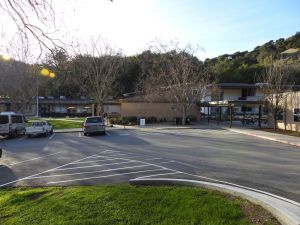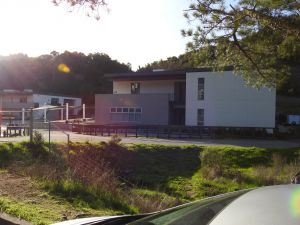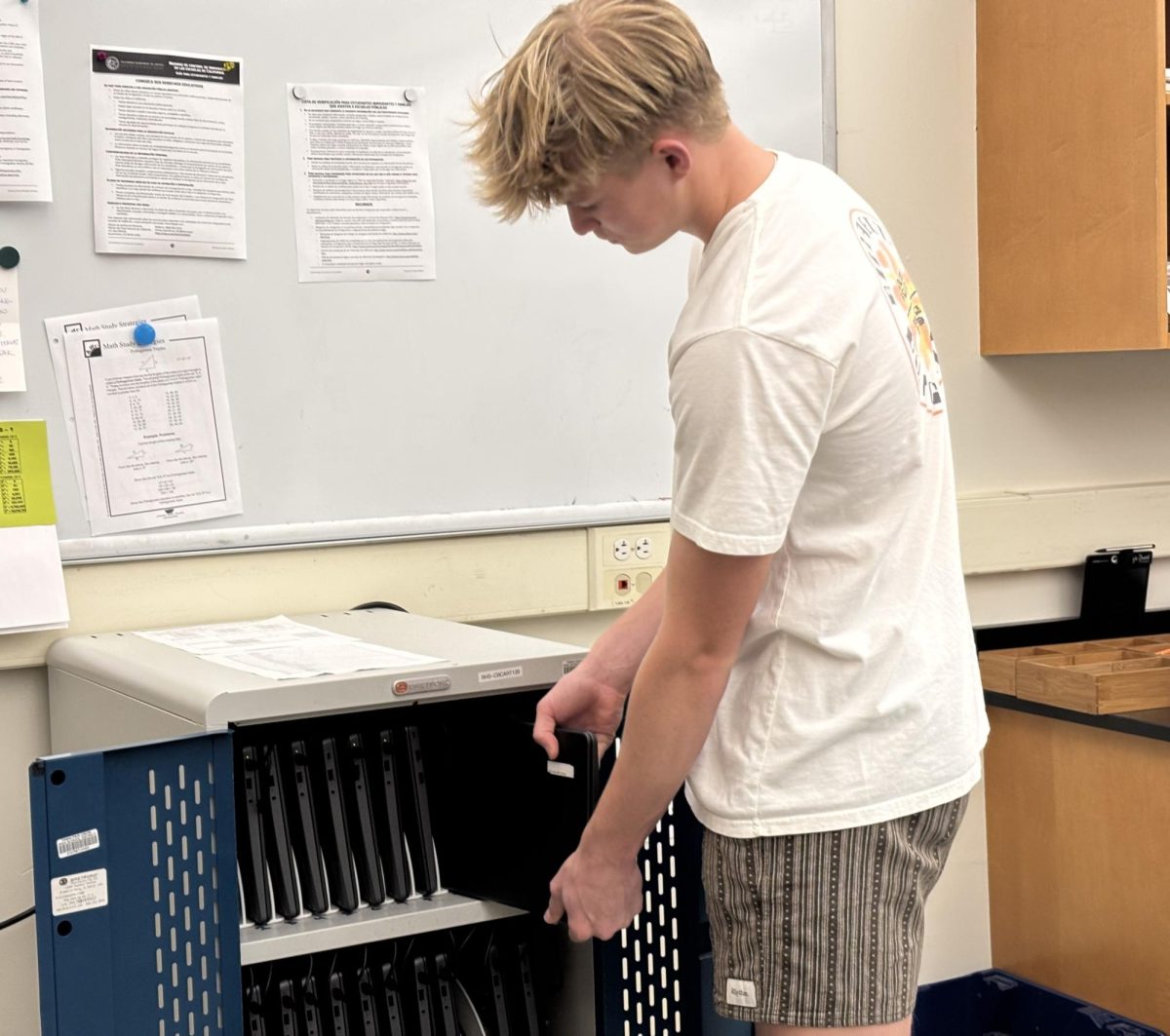On Aug. 20, Sonoma County judge Allan Hardcastle released a tentative ruling on Ross Valley Charter’s (RVC) request for more space, granting the school an additional 999.17 square feet on the basis of special education for the upcoming school year. Although RVC had asked for two to three more classrooms in order to accommodate their growing enrollment, Judge Hardcastle stated that they did not demonstrate enough of a need to warrant such an expansion. RVC has not released their actual enrollment yet for the 2018-2019 school year, but they are projecting an in-district enrollment of 144 students by next April.
Despite RVC’s initial request for space being denied, School Director Luke Duchene remains optimistic in that some district negligence was exposed.
“I think some see it as a win for our school in that the judge found the district had not allocated us enough space, whereas others

see it as a win for the district because the judge did not allocate us as much space as we asked for,” Duchene said. “We don’t have the final ruling from the judge [for space], which we’re clarifying, but in general we’re happy to have our school.”
Angela Barker, mother of Redwood senior and former White Hill Middle School student Adam Barker, is a member of STAND (a grassroots organization that opposes RVC). She said that although reactions varied, they were mostly positive on both sides.
Despite the positive feedback, Barker said that the recent ruling is putting even more of a strain on an already tumultuous relationship between RVC and White Hill, which currently share classrooms and a campus. The primary purpose of Proposition 39 is to reduce the percentage of votes needed by a school board to pass bond measures. However, it also states that public schools are required to share classrooms with neighboring charter schools if space is requested, much like the case between RVC and White Hill.

“Nothing is getting better in terms of the relations [between the two schools],” Barker said. “I think most people understand that Prop 39 is a big fraud that needs to be adjusted because it’s so tilted in favor of charter schools and districts have very little recourse.”
Although the main purpose of Proposition 39 is to reduce the percentage of votes needed, the more relevant clause in this situation is the requirement for public schools to share space with charters, something Duchene said the Ross Valley Unified School District failed to do.
“When we found that the district had underallocated space, we came up with our calculation that we would potentially be allocated two or three rooms [more],” Duchene said. “We started reaching out to the district to talk to them and we were saying all along we should be allocated more [space].”
Darren Smith, a Mill Valley public school teacher and member of STAND, said that any space granted to RVC is going to cause potential problems for White Hill.
“Anytime that the middle school has to give up space it’s going to be a burden. It was already very impactful having the charter there at all, so finding more space is going to be difficult,” Smith said.
Despite a perceived negative coexistence, Duchene said he is on good terms with the teachers at White Hill and that the problem is not as severe as those foreign to the situation may think.
“I don’t know if I would change the ruling at all,” Duchene said. “I have a positive working relationship with the administration at White Hill.”
Although RVC’s website defines charter schools as “tuition-free, public schools open to all students that wish to attend,” Smith said that RVC tried to argue they were not a public school in order to give itself more flexibility with out-of-district enrollment.
“Prop 39 specifically says that the school district is only obliged to provide them with classrooms for their students that come within the district boundaries, and a lot of us feel like they’re trying to get more space and fill it with kids from out of the district because otherwise they are financially insolvent,” Smith said.
Barker said she applied for a list of enrolled students under the Freedom of Information Act and found private emails detailing

attempts to falsify enrollment intentions at RVC.
“You had people sending in forms saying they intended to enroll in Ross Valley Charter School when they actually had no intention whatsoever of doing that,” Barker said. “These people are quite willing to cross all kinds of lines to hit their numbers and do what they want.”
Though Judge Hardcastle only granted RVC the additional space for their special education program (which is designed to accommodate students with special needs), Smith is wary of what the charter may try to use that space for, including possibly expanding their out-of-district enrollment.
“I can tell you that if they try to make it into an additional classroom for specifically more students out of the district, then a lot of schools will be very upset about that,” Smith said.
Duchene listed different applications for the new square footage, saying the plan as of now is for RVC to use that space for a variety of classes.
“Right now the plan is to use it for art, music, Spanish or P.E. on a rainy day, but a lot of public schools around here have additional rooms. That’s something that we don’t have,” Duchene said.
Both Smith and Barker said that there is an inherent lack of regulation for charter schools in California and that legislation needs to be passed to not only change the existing Proposition 39, but also provide more oversight on charters in the state. Because of this, the upcoming state superintendent election on the November ballot is critical.
“The superintendent race is going to be super important and there is legislation that is going to be voted on that has to do with charter regulations and the elimination of any for-profit charters in the state which would be a really huge step in the right direction,” Smith said. “Any kind of legislative action that is being taken that looks like it’s going to help to regulate the charter industry, I personally support it.”






